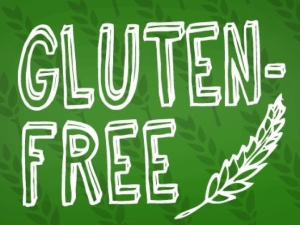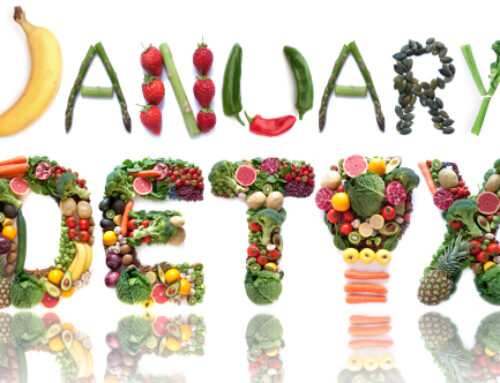 Going Gluten-Free
Going Gluten-Free
If you decide to eliminate gluten from your diet, you will receive the best results by eating whole foods (meat, fish, vegetables, fruit, seeds, eggs, organic yogurt). Avoid gluten-free baked goods like crackers, cookies, and breads. These are often higher in calories and carb content than the conventional gluten-filled version. Relying on them may cause insulin resistance and fat gain.
Some argue that eliminating gluten can cause a nutritional deficiency. However, from a nutritional standpoint, any nutrition you can get from foods containing gluten, you can also easily get from gluten-free foods. There are much better sources of protein, fiber, vitamin B, iron, etc., than wheat and gluten-containing foods. As long as you eat a well-rounded “colorful” diet, you will avoid nutrient deficiencies whether you choose to eliminate gluten or not.
Tips to Successfully Eliminate Gluten
1. Eliminate all processed foods. Minimize eating gluten-free substitutes such as bread and crackers.
2. Eat high-quality protein from whole food sources such as wild and grass-fed meats, beans, nuts, and seeds.
3. Eat a wide variety of vegetables (especially leafy greens) and fruit (especially berries).
4. Take L-glutamine because it will boost the immune system and help seal up gaps in the intestinal wall that are caused by gluten.
5. Consider taking a probiotic supplement to provide the healthy, live bacteria found in an optimally functioning intestinal system.
6. If you want to cook with flour, use coconut, pea, quinoa, or flaxseed flour (all gluten-free).
7. Avoid all wheat products: wheat, rye, barley, kamut, chapatti flour, brewer’s yeast, farina, semolina, spelt, bulgur, couscous, malt, seitan, triticale, and graham flour.
8. Consider avoiding corn, especially genetically modified and processed corn, because there is data that corn is the second most common food sensitivity after gluten.
9. Be very careful of sauces, condiments, and spices because even though items may not appear to contain gluten in their ingredients, gluten is often used as a stabilizing agent. Gluten is used to create a smooth texture in condiments and sauces, such as soy sauce and ketchup.
10. Be careful of being exposed to gluten in strange places such is in medications, postage-stamp glue, chewing gum, and cosmetics, such as lipstick.
11. If you choose to eliminate gluten, have confidence in your decision and stick to it if it makes you feel physically better. Don’t let others dictate what you are going to put in your mouth.
Learn More!
If you want more information on how to improve your health through better nutritional and lifestyle choices, check out our upcoming FREE “Gluten-Free Cooking” class September 16 at 6:00pm at our downtown Roanoke chiropractic office. Email us to reserve your spot.
Also, our life-changing, three-week
Daryl C. Rich, DC, CSCS






